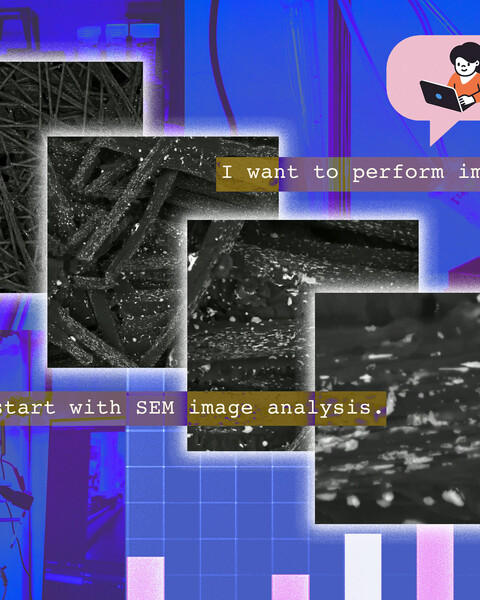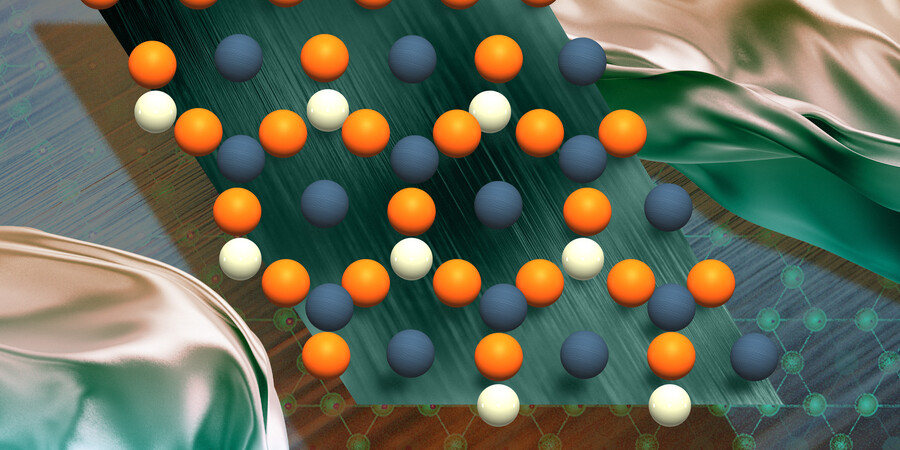September 25, 2025
Machine-learning models can speed up the discovery of new materials by making predictions and suggesting experiments. But most models today only consider a few specific types of data or variables. Compare that with human scientists, who work in a collaborative environment and consider experimental results, the broader scientific literature, imaging and structural analysis, personal experience or intuition, and input from colleagues and peer reviewers.
Now, MIT researchers have developed a method for optimizing materials recipes and planning experiments that incorporates information from diverse sources like insights from the literature, chemical compositions, microstructural images, and more. The approach is part of a new platform, named Copilot for Real-world Experimental Scientists (CRESt), that also uses robotic equipment for high-throughput materials testing, the results of which are fed back into large multimodal models to further optimize materials recipes.
Complete article from MIT News.
Explore
MIT Physicists Observe Key Evidence of Unconventional Superconductivity in Magic-angle Graphene
The findings could open a route to new forms of higher-temperature superconductors.
Jennifer Chu | MIT News
A “seating chart” for Atoms Helps Locate Their Positions in Materials
Jennifer Chu | MIT News
The DIGIT imaging tool could enable the design of quantum devices and shed light on atomic-scale processes in cells and tissues.
New Tool Makes Generative AI Models More Likely to Create Breakthrough Materials
Zach Winn | MIT News
With SCIGEN, researchers can steer AI models to create materials with exotic properties for applications like quantum computing.




